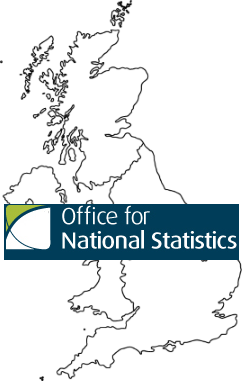Net migration for the year ending December 2016 drops 84,000 over previous year to 248,000
The latest migration statistics released today by the Office for National Statistics (ONS) showed a significant fall in net migration.
 Net migration for the year ending December 2016 was calculated to be 248,000, down 84,000 from 2015.
Net migration for the year ending December 2016 was calculated to be 248,000, down 84,000 from 2015.
Home Secretary Amber Rudd said she was pleased with the decline. BBC News quoted her as saying: "It's good that the overall figure has come down now by nearly a quarter in a year. We're determined to make sure that we do continue to reduce the overall net migration number."
Since 2010, the Conservative Party has said it wants to see annual net migration fall to the "tens of thousands" and the 2017 election manifesto keeps that as an objective.
The Evening Standard reported, however, that an exodus of European workers after the Brexit referendum has led to warnings of skills shortages from businesses.
Brian Berry, of the Federation of Master Builders, said Eastern European labour had become "a vital part" of the workforce and expressed concern that the latest migration figures might demonstrate a permanent reversal of such workers coming to the UK.
There were also warnings that both universities and the hospitality industry could face significant challenges.
Seamus Nevin, Head of Employment and Skills Policy at the Institute of Directors, said the fact that the fall in net migration is being driven as much by people leaving as by fewer people arriving was alarming. "This is a big worry for employers who risk losing key members of staff in positions that cannot easily be replaced from the home-grown pool available," Nevin said.
The full ONS Migration Statistics report for 2016 is here and the main points from the report are as follows:
• Net long-term international migration was estimated to be +248,000 in 2016, down 84,000 from 2015 (statistically significant); immigration was estimated to be 588,000 and emigration 339,000.
• The net migration change was driven by a statistically significant increase in emigration up 40,000 from 2015, mainly EU citizens (117,000, up 31,000 from 2015) and a decrease of 43,000 in immigration (not statistically significant).
• EU8 citizens have partly driven the changes with a fall in immigration (down 25,000) to 48,000 and a rise in emigration (up 16,000) to 43,000 in 2016 (both statistically significant changes); this resulted in the smallest net migration estimate (+5,000) for the EU8 since joining the EU in 2004.
• Work remains the most common reason for international migration with 275,000 people immigrating to work in 2016 (down 33,000 from 2015 (not statistically significant)); the majority (180,000) had a definite job (similar to 2015) but fewer people immigrated looking for work (95,000, a statistically significant decrease of 35,000 from 2015).
• Long-term immigration to study (136,000 in 2016) saw a statistically significant decrease of 32,000 from 2015, this largely reflects a decrease reported last quarter; however, the numbers of visas issued over the same period to non-EU students for 12 months or more was 141,248, a rise of 3%.
• In 2016 more people were emigrating with a definite job (116,000) than in 2015 (up 17,000, statistically significant); the estimated number of non-British citizens going home to live increased from 29,000 to 52,000 in 2016, this was largely driven by EU citizens, an increase of 21,000 to 43,000, of who around half were EU8 citizens (all statistically significant increases).
• A total of 9,634 people were granted asylum or an alternative form of protection in year ending (YE) March 2017, a grant rate of 32%. In addition, 5,453 people were granted humanitarian protection under the Syrian Vulnerable Persons Resettlement Scheme in YE March 2017.